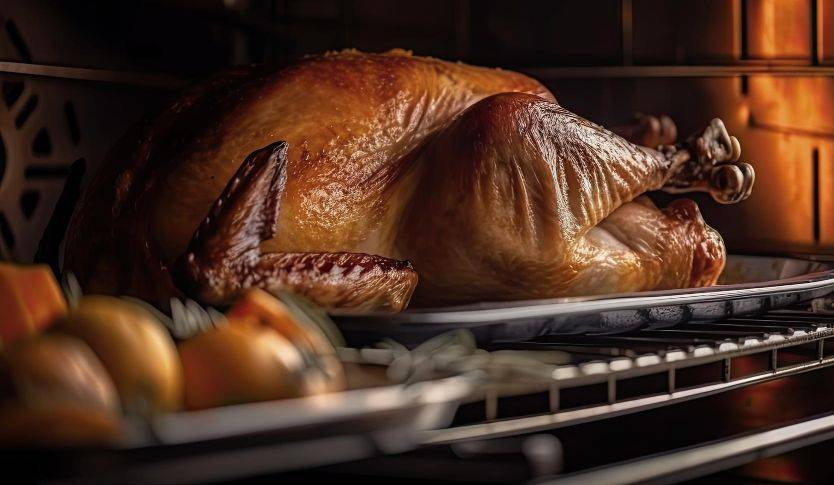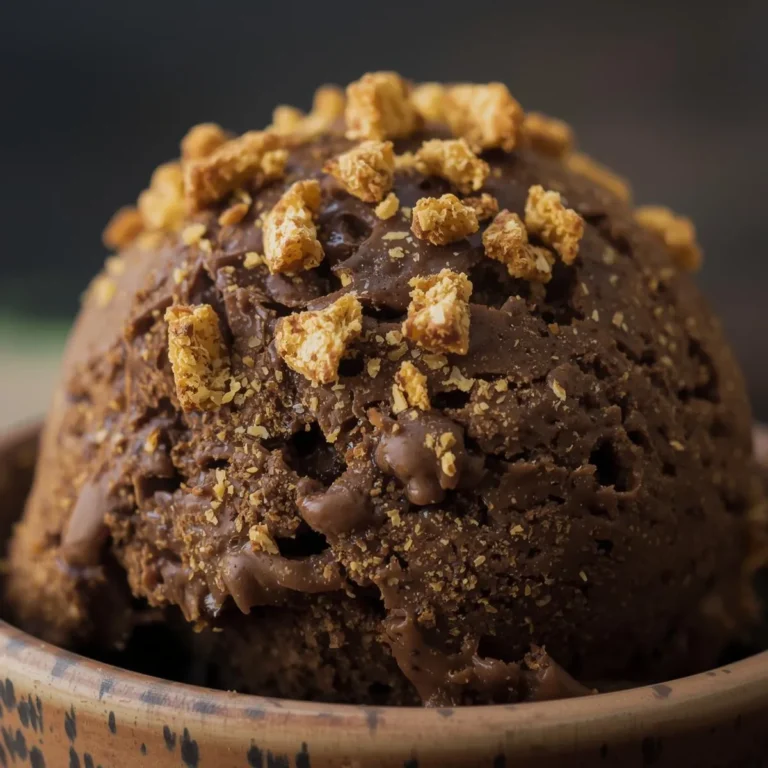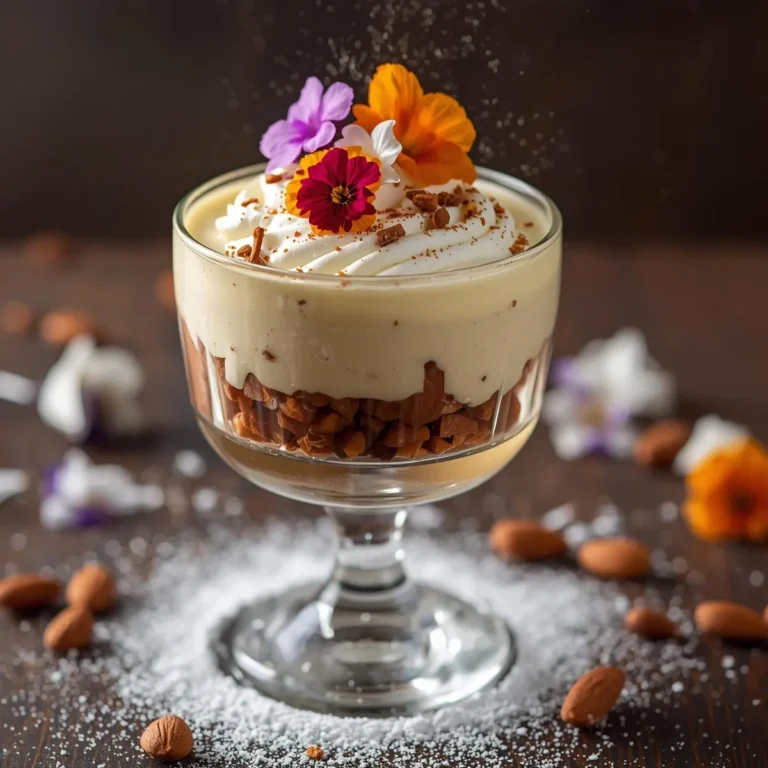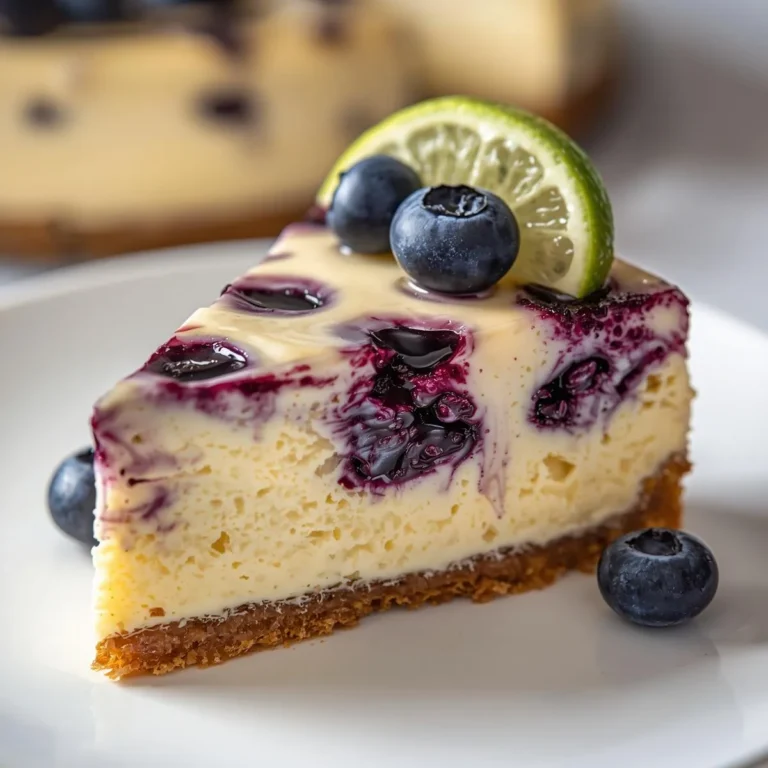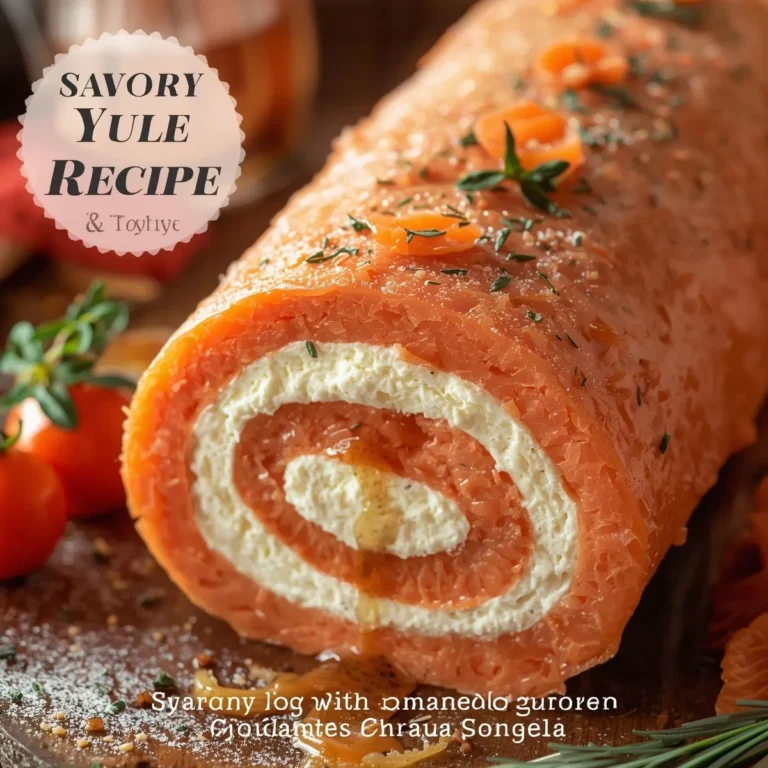hen planning to roast a turkey, one common question is, “How long to cook a turkey in a convection oven?” This guide provides a comprehensive answer to how long to cook a turkey in a convection oven, ensuring your bird is perfectly cooked.
Understanding how long to cook a turkey in a convection oven is crucial for a successful meal. The general rule for how long to cook a turkey in a convection oven varies based on the turkey’s size and the oven’s specific settings. However, a good starting point is to reduce the conventional oven time and temperature, as convection ovens cook faster and more evenly.
For those wondering how long to cook a turkey in a convection oven, it’s typically recommended to roast at a lower temperature for a shorter duration compared to traditional ovens. For instance, if you’re accustomed to cooking a turkey for 4 hours in a regular oven, you might find that in a convection oven, it takes less time.
What is a Convection Oven?
- Functionality: A convection oven uses a fan and exhaust system to circulate hot air around the food. This results in faster and more even cooking compared to a traditional oven.
- Benefits: It’s ideal for roasting as it browns the turkey evenly while keeping the meat juicy.
Preparing the Turkey
- Thawing: If your turkey is frozen, ensure it’s fully thawed before cooking. This can take several days in the refrigerator depending on the size of the bird.
- Cleaning: Remove giblets and neck from the turkey cavity. Rinse the turkey inside and out and pat dry.
- Seasoning: Season the turkey as desired. Common seasonings include salt, pepper, herbs, and butter or oil for a crisp skin.
Cooking in a Convection Oven
- Temperature Adjustment: Reduce the cooking temperature recommended for a conventional oven by 25 degrees Fahrenheit. For example, if the recipe calls for 350°F, use 325°F in a convection oven.
- Positioning: Place the turkey on a roasting rack inside a roasting pan. Positioning it in the lower third of the oven is usually recommended.
- Cooking Time: Cooking time will be less than in a conventional oven. A general guideline is 10-15 minutes per pound, but this can vary.
- Basting: Basting is optional in a convection oven, as the dry environment crisps the skin. If you choose to baste, do it sparingly to avoid losing oven heat.
- Checking Doneness: The turkey is done when a meat thermometer inserted into the thickest part of the thigh reads 165°F (74°C).
Tips for Best Results
- No Cover Needed: Unlike conventional oven roasting, you don’t need to cover the turkey with foil in a convection oven.
- Avoid Overcrowding: Make sure there’s enough space around the turkey for air to circulate.
- Resting: Let the turkey rest for about 20-30 minutes after removing it from the oven. This allows the juices to redistribute.
Safety Considerations
- Thermometer Accuracy: Always use a reliable meat thermometer to check the internal temperature.
- Handling: Be cautious when handling the hot turkey and liquids to avoid burns.
Preparing Your Turkey for the Convection Oven
Preparing your turkey for cooking in a convection oven involves several key steps to ensure the best results. Here’s a guide to help you through the process:
1. Thawing the Turkey
- Time Needed: Thawing a frozen turkey takes time. Allow approximately 24 hours of thawing time for every 4 to 5 pounds of turkey in the refrigerator.
- Safe Thawing: Always thaw the turkey in the refrigerator, not at room temperature, to prevent bacterial growth.
2. Removing Giblets and Neck
- Location: These are usually found in the cavity of the bird.
- Usage: You can save these parts for making stock or gravy.
3. Cleaning the Turkey
- Rinsing: Rinse the turkey inside and out under cold water.
- Drying: Pat the turkey dry with paper towels. This helps to achieve a crispier skin.
4. Brining (Optional)
- Purpose: Brining can help to keep the turkey moist.
- Method: Soak the turkey in a solution of salt, water, and other seasonings (like herbs and sugar) for several hours or overnight.
5. Seasoning
- Butter or Oil: Rub the skin with butter or oil to help the skin brown and crisp.
- Herbs and Spices: Apply your choice of seasonings both inside the cavity and on the skin. Common options include salt, pepper, garlic, rosemary, thyme, and sage.
- Under the Skin: For added flavor, you can gently lift the skin and insert herbs or seasoned butter directly onto the meat.
6. Tying the Legs
- Trussing: Tie the legs together with kitchen twine. This helps the turkey cook evenly.
7. Tucking the Wings
- Prevent Burning: Tuck the wing tips under the body of the turkey to prevent them from burning.
8. Preparing the Roasting Pan
- Rack: Place the turkey breast-side up on a rack in a roasting pan. The rack ensures heat circulates around the entire turkey.
- Vegetables: Optionally, you can add chopped onions, carrots, and celery to the bottom of the pan. These will flavor the drippings, which can be used for gravy.
9. Letting the Turkey Rest
- Room Temperature: Let the turkey sit at room temperature for about an hour before cooking. This helps it cook more evenly.
10. Oven Preparation
- Preheating: Preheat your convection oven. Remember, the temperature should be about 25 degrees Fahrenheit lower than in conventional oven recipes.
Setting Up Your Convection Oven
Setting up your convection oven correctly is crucial for achieving the best cooking results, especially when preparing dishes like a roasted turkey. Here’s a guide to help you set up your convection oven:
1. Understanding Your Convection Oven
- Read the Manual: Different models have varying features. Familiarize yourself with your specific oven’s functions and recommendations.
- Convection Settings: Know how to switch between conventional and convection settings. Some ovens have multiple convection modes (like convection bake, roast, etc.).
2. Preheating the Oven
- Preheat Time: Always preheat your convection oven. This might take about 5-15 minutes, depending on the model.
- Temperature Adjustment: Set the temperature 25 degrees Fahrenheit lower than a conventional oven recipe calls for. For instance, if a recipe requires 350°F in a regular oven, set your convection oven to 325°F.
3. Positioning the Racks
- Rack Placement: Position the racks before preheating. In most cases, the middle rack is ideal for even cooking.
- Multiple Dishes: If cooking multiple dishes, space out the racks evenly. Convection cooking allows for more even air circulation and cooking on multiple racks.
4. Using the Right Cookware
- Low-Sided Pans: Use low-sided pans or trays to allow for optimal air circulation.
- Avoid Overcrowding: Don’t overcrowd the oven. Leave space around each dish to ensure even air flow.
5. Monitoring Cooking Time
- Faster Cooking: Convection cooking is generally faster. Start checking your food for doneness earlier than you would in a conventional oven.
- Use a Thermometer: For meats like turkey, always use a meat thermometer to check for doneness.
6. Adjusting During Cooking
- Rotation: Although convection ovens circulate air, rotating your dish halfway through cooking can help achieve even browning.
- Checking Frequently: If you’re new to convection cooking, check your dish frequently to prevent overcooking.
7. Using Convection Roast vs. Bake
- Convection Roast: Ideal for meats and vegetables. It uses a fan and the bottom heat element, promoting browning and crisping.
- Convection Bake: Best for baked goods. It uses the fan but may use both top and bottom heating elements.
8. Cleaning and Maintenance
- Regular Cleaning: Keep the oven clean for optimal performance. Follow the manufacturer’s instructions for cleaning.
- Fan and Vent Check: Ensure the fan and its vents are not blocked or clogged.
Conclusion
Properly setting up and understanding your convection oven can significantly enhance your cooking experience. Remember, each oven is different, so it’s important to refer to your specific model’s manual for the best results. With these tips, you’re well on your way to making delicious, evenly cooked meals.
Cooking Time Guidelines
Cooking time guidelines, especially for convection ovens, can vary based on the type of food, its size, and the specific oven. However, I can provide some general guidelines to help you estimate cooking times. Remember, these are starting points, and it’s always good to check your food for doneness as you cook.
General Convection Oven Cooking Time Guidelines
- Poultry (like Turkey or Chicken)
- Whole Bird: Approximately 10-15 minutes per pound at 325°F (about 25°F lower than conventional oven temperatures). For example, a 12-pound turkey might take about 2 to 3 hours.
- Chicken Pieces: About 20-30% less time than in a conventional oven. For instance, if chicken breasts usually take 30 minutes in a conventional oven, check them after about 20-22 minutes in a convection oven.
- Meat (Beef, Pork, Lamb)
- Roasts: Cook for about 20% less time than in a conventional oven. A beef roast that normally takes 2 hours might take approximately 1 hour and 36 minutes.
- Steaks and Chops: These cook relatively quickly, so the time savings might be just a few minutes. Always use a meat thermometer to check for the desired level of doneness.
- Fish and Seafood
- Whole Fish: About 10 minutes per inch of thickness at 400°F.
- Fish Fillets or Steaks: Start checking for doneness after 10-12 minutes, depending on thickness.
- Baked Goods
- Cakes, Cookies, and Pastries: Typically, bake for about the same amount of time as in a conventional oven, but at a lower temperature (reduce by 25°F). Check for doneness early.
- Breads: Similar to cakes, but the reduced time might be more noticeable. Start checking bread about three-quarters of the way through the suggested baking time.
- Vegetables
- Root Vegetables (like potatoes, carrots): About 30-40 minutes at 375°F.
- Softer Vegetables (like broccoli, zucchini): Start checking after 15-20 minutes.
Tips for Using These Guidelines
- Preheat the Oven: Always preheat your convection oven for the most accurate cooking times.
- Use a Thermometer: For meats and poultry, a meat thermometer is the best way to ensure proper doneness.
- Check Early: Since convection ovens cook faster, start checking your food a bit earlier than you would in a conventional oven.
- Size and Thickness Matter: Larger or thicker cuts of meat, whole poultry, or dense vegetables will take longer to cook.
- Oven Calibration: Be aware that individual ovens may run hotter or cooler, which can affect cooking times.
Safety Tips for Convection Oven Cooking
Cooking with a convection oven can be a great experience, but it’s important to follow certain safety tips to prevent accidents and ensure a safe cooking environment. Here are some essential safety tips for convection oven cooking:
1. Read the Manual
- Familiarize Yourself: Before using your convection oven for the first time, read the manufacturer’s manual. Different models may have specific operating instructions or safety features.
2. Preheat Carefully
- Avoid Overheating: Don’t preheat the oven for too long before adding your food. Overheating can cause damage to the oven and potentially start a fire.
3. Use Oven Mitts
- Prevent Burns: Always use oven mitts or potholders when handling hot pans, racks, or the oven door. The interior and exterior of the oven, including the door, can get very hot.
4. Safe Cookware
- Appropriate Materials: Use cookware that is safe for convection oven use. Avoid using materials that can melt or emit toxic fumes at high temperatures, such as certain plastics.
5. Keep It Clean
- Regular Cleaning: Keep the oven clean to prevent grease and food buildup, which can be a fire hazard. Follow the manufacturer’s instructions for cleaning.
6. Ventilation
- Proper Venting: Ensure your kitchen is well-ventilated. Convection ovens can produce a lot of heat and steam, which may set off smoke alarms if not properly vented.
7. Don’t Cover Vents
- Air Circulation: Do not block the oven’s vents. Blocking vents can cause heat buildup and affect cooking performance.
8. Be Cautious with Glass
- Thermal Shock: Be careful with glass cookware. Rapid temperature changes can cause glass to shatter, known as thermal shock.
9. Child Safety
- Keep Children Away: Teach children to keep a safe distance from the oven, especially when it’s operating. The exterior, especially the oven door, can get very hot.
10. Electrical Safety
- Check the Plug and Cord: Regularly inspect the oven’s plug and cord for any signs of damage. If you notice any fraying or other damage, stop using the oven and have it repaired.
11. Avoid Overloading
- Don’t Overcrowd: Overloading the oven with too much food can affect cooking performance and may pose a safety risk.
12. Turn It Off
- After Use: Always turn off the oven and ensure it’s off when not in use.
Post-Cooking Procedures
After you’ve finished cooking with a convection oven, following proper post-cooking procedures is important for both safety and maintenance. Here’s a guide to help you with these steps:
1. Turn Off the Oven
- Power Down: Ensure the oven is turned off immediately after use. This includes shutting off any timers or settings.
2. Let the Oven Cool
- Cooling Period: Allow the oven to cool down before attempting to clean it or perform any maintenance. This can prevent burns and other injuries.
3. Remove Cookware Safely
- Use Oven Mitts: Always use oven mitts or potholders to remove hot cookware from the oven.
- Place on Heat-Resistant Surfaces: Set hot pans on trivets, pot holders, or other heat-resistant surfaces to avoid damaging countertops.
4. Ventilate the Area
- Clear the Air: If your kitchen has become hot or steamy, open a window or use an exhaust fan to ventilate the area.
5. Check for Leftovers
- Inspect the Oven: Make sure no food particles or residue are left inside the oven. These can burn and create smoke or odors the next time you use the oven.
6. Cleaning the Oven
- Wait Until It’s Cool: Once the oven is cool, wipe down the interior with a damp cloth. If your oven has a self-cleaning function, follow the manufacturer’s instructions.
- Clean Regularly: Regular cleaning prevents the buildup of grease and food particles, which can become a fire hazard and affect cooking performance.
7. Store Cookware Properly
- Organize Kitchenware: Once cookware has cooled down, clean and store it in its designated place.
8. Check the Oven Door Seal
- Regular Checks: Occasionally check the oven door seal to ensure it’s not damaged. A good seal is important for maintaining oven temperature and efficiency.
9. Review Cooking Performance
- Note Any Issues: If you noticed any issues with cooking times or temperatures, make a note of them. This can help you adjust settings for better results next time.
10. Plan for Maintenance
- Schedule Regular Checks: Plan for regular maintenance checks, especially if you use your oven frequently. This can include professional servicing if needed.
FAQs on Convection Oven Turkey Cooking
Here are some frequently asked questions (FAQs) about cooking a turkey in a convection oven, along with their answers:
1. How is cooking a turkey in a convection oven different from a regular oven?
- Answer: A convection oven uses a fan to circulate hot air around the turkey, cooking it more evenly and often more quickly than a regular oven. It also tends to produce a crispier skin.
2. Do I need to adjust the cooking temperature for a convection oven?
- Answer: Yes, you typically need to reduce the cooking temperature by 25 degrees Fahrenheit compared to conventional oven recipes.
Quick and Healthy Salad Recipes
For those who love fresh and nutritious meals, our Speedy Recipes for Healthy Eating offer a range of salads that are not only quick to prepare but also packed with essential nutrients. These salads are perfect for a light lunch or as a side dish with your main course.
Indulgent and Easy Brownie Recipes
If you have a sweet tooth, our guide on How to Make Brownies Easily is a must-read. From classic fudgy brownies to innovative flavors, these recipes are simple, delicious, and perfect for satisfying your dessert cravings.
3. How long does it take to cook a turkey in a convection oven?
- Answer: It varies based on the turkey’s size, but a general guideline is 10-15 minutes per pound at a reduced temperature. Always use a meat thermometer to check for doneness.
4. Should I cover my turkey when cooking it in a convection oven?
- Answer: No, it’s not necessary to cover the turkey in a convection oven. The circulating air cooks the turkey evenly without the need for a cover.
5. What temperature should the turkey reach to be considered done?
- Answer: The turkey is done when the internal temperature reaches 165°F (74°C) at the thickest part of the thigh.
6. Can I still baste my turkey in a convection oven?
- Answer: Yes, you can baste your turkey, but it’s less necessary in a convection oven. If you choose to baste, do so sparingly to avoid losing heat from opening the oven frequently.
7. How do I prevent the turkey from drying out in a convection oven?
- Answer: Ensure you don’t overcook the turkey, and consider using a brine before cooking to help retain moisture.
8. Can I cook stuffing inside my turkey in a convection oven?
- Answer: Yes, you can, but ensure the stuffing also reaches a safe temperature of 165°F (74°C). However, cooking stuffing separately is often recommended for better heat circulation.
9. Is it necessary to rotate or turn the turkey during cooking?
- Answer: It’s not usually necessary to rotate the turkey as the convection fan circulates the air. However, if you notice uneven browning, you may rotate it.
10. How do I know if my convection oven is cooking correctly?
- Answer: Use an oven thermometer to verify the temperature. If cooking times or temperatures seem off, your oven might need recalibration.
Conclusion
Cooking a turkey in a convection oven can be a great way to achieve an evenly cooked, delicious meal. Always remember to adjust cooking times and temperatures for convection cooking, and use a meat thermometer to ensure the turkey is cooked safely and to perfection.
